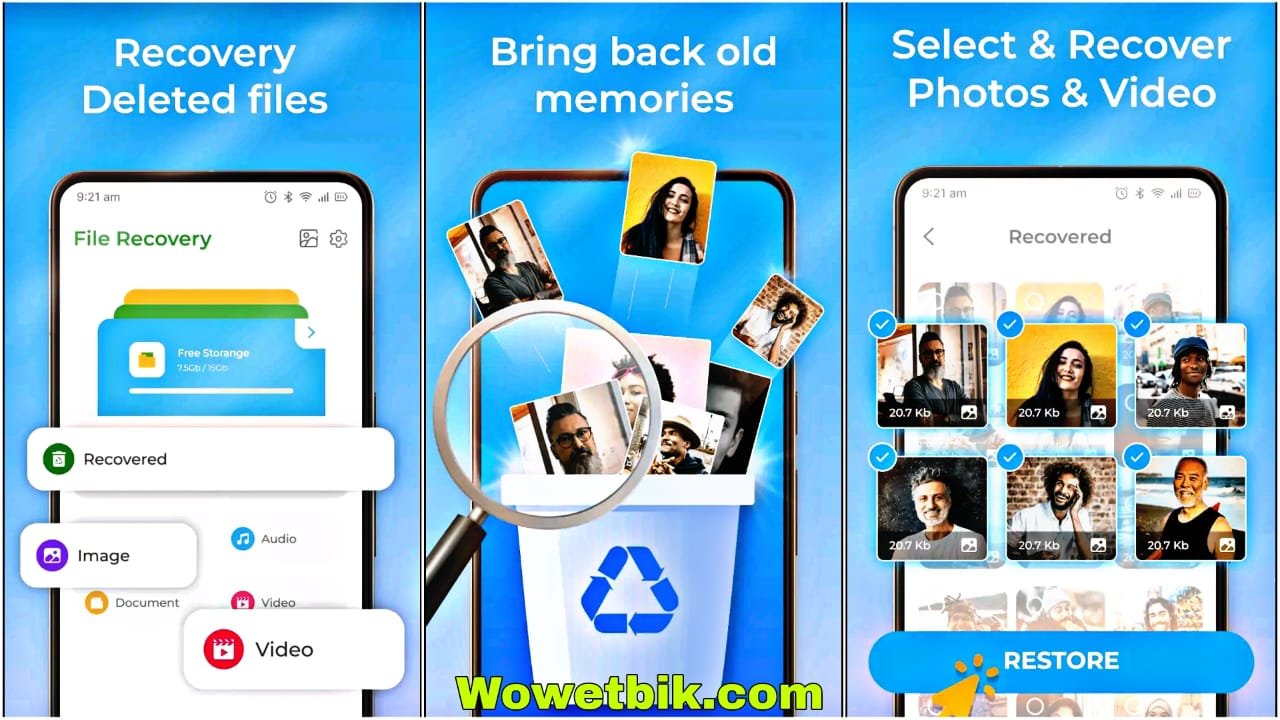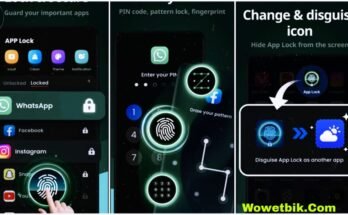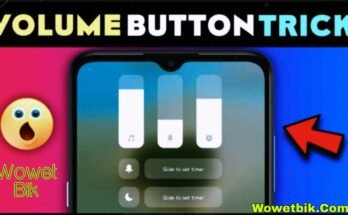Have you ever deleted a photo and immediately wanted to just throw up? You’re not alone. It doesn’t matter if it’s a snap from your wedding or a selfie from your vacation, losing photos can feel like losing little memories. But don’t worry—recovery is possible.
Why Photos Are Deleted – Largest Offend ers
Before we dive into the recovery, what’s happening behind that makes those fleeting seconds disappear?
Accidental Deletion
Yep, the time tested “Oops, my finger slipped!” Sometimes, it’s just accidentally tapping the delete button when your finger meant to do something else.
Software Malfunctions
Your phone or camera might just crash or freeze, resulting in data corruption or accidental removal.
Factory Resets
That dreadful reset can erase everything, even your priceless memories.
Virus Attacks
Malware can creep into your system and delete or in some cases make files inaccessible.
Can You Really Recover Deleted Photos?
Here’s the great news: most of the time, yes! As long as the data you’ve deleted hasn’t been bred over, you stand a pretty good chance of coaxing it back to life.
Understanding Where Deleted Files Go
Temporary Storage: The Trash/Recycle Bin
Deleted files usually end up in a temporary bin, so that you can easily restore them if you want to — on most devices.
Device Memory Behavior
When you delete an item, it doesn’t get fully erased right away — instead, that item becomes marked as “replaceable.” That gives you an opportunity to recover it before something else fills its space.
Before You Recover Photos: Best Practices
Stop Using Your Device Immediately
Downloading a new app could overwrite the photo you’re trying to recover.
Do Not Install Any New Apps Yet
Installing a new app might overwrite the very photo you’re trying to get back.
Methods to Recover Deleted Photos
And now for the fun part: getting those photos back!
Method 1: Inspect Your Cloud Backup
Nowadays, most phones automatically back up your data. It’s time to spend that safety net.
Google Photos
Visit Google Photos, sign in and take a look at the “Trash” folder. Removed photos live there for 30–60 days.
iCloud
For iPhone users, go to iCloud. com, sign in and click “Recently Deleted.”
OneDrive or Dropbox
If you use these platforms, check them. They also include recycling bins to recover deleted content.
Method 2 Using Native File Recovery Tools
Some phones already come with a built-in file manager and recovery tools — especially newer Android or iOS handsets. Browse your gallery or file manager app for a “Recently Deleted” section.
Method 3 of 6: With a Photo Recovery App
This is where technology and magic shake hands.
Top Free Photo Recovery Apps
- DiskDigger
- Dumpster
- PhotoRec
These will let you scan and recover from your storage various media files.
Final Thoughts
Losing photos can feel like losing memories — but there is hope. With a little know-how and patience, you can salvage the vast majority of your pictures. Just be sure to take fast action, leverage the right applications and preventive steps for next time. Your future self will be grateful!



